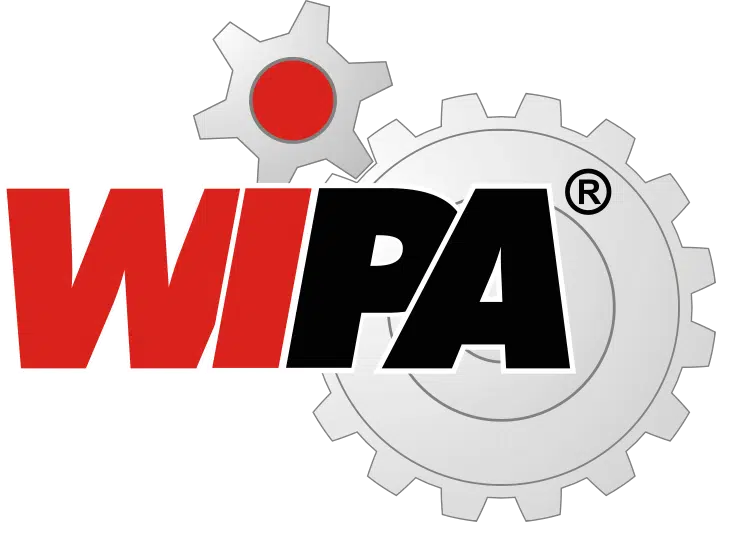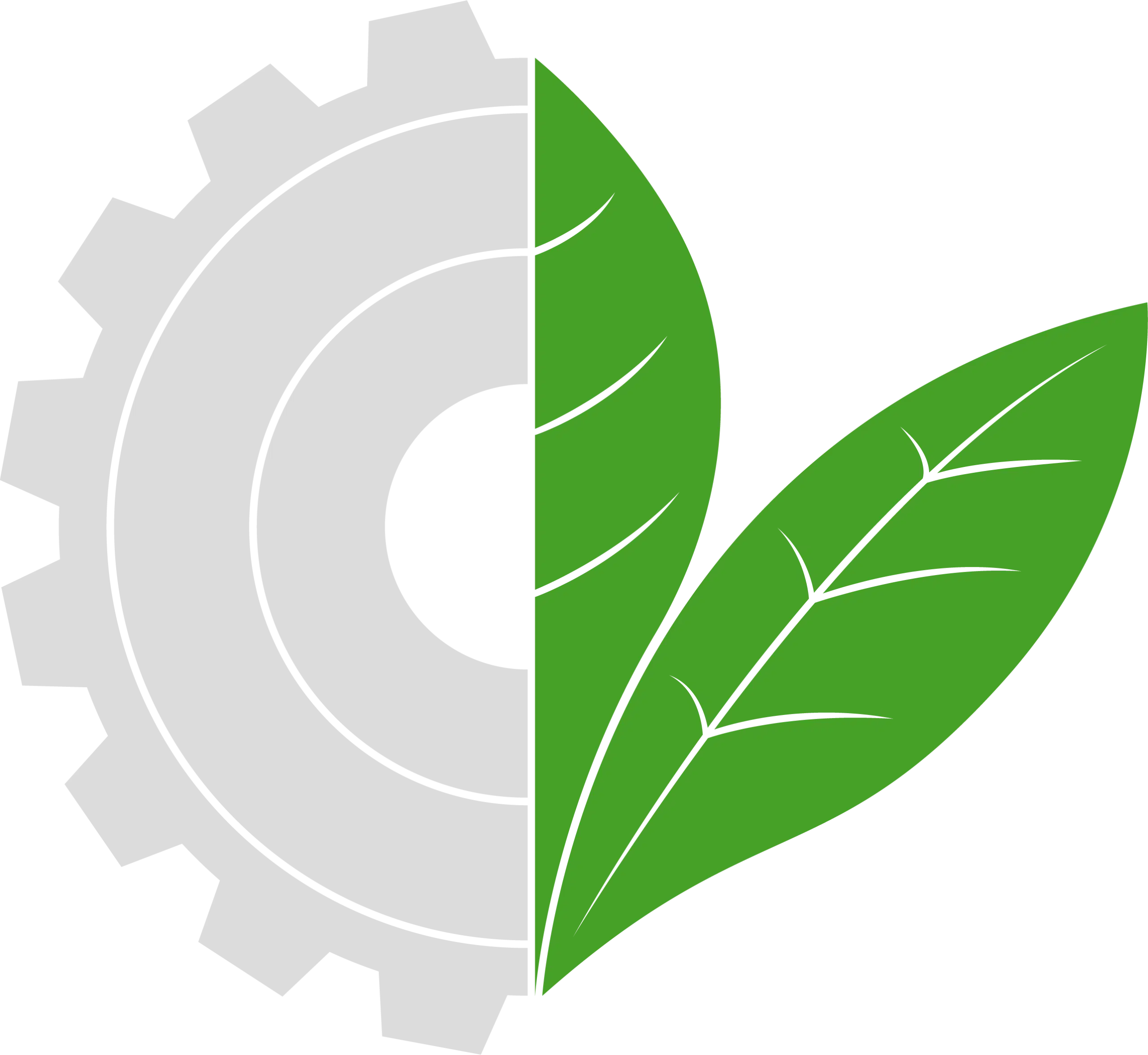Cleaning and drying
Sink Float Tank
Type: WSST
The WiPa Frictionwasher type FW is used for intensive washing, but also for dewatering of plastics.

Sink Float Tank
The process
Explanation using the example of PP/PE separation in PET bottle recycling: The pre-shredded material is fed into the separation tank via 2 screws below the water surfaces. Since PET is heavier than water, it sinks to the discharge organ for the sinking material and is guided out of the machine by means of a screw conveyor or a scraper chain conveyor. PP and PE, on the other hand, rise to the surface and are conveyed by various paddle drums connected in series to the floating material discharge, where they are pressed under water several times to separate any PET that may still be adhering. A separation tank is usually followed by a Frictionwasher, as this can separate large quantities of liquid from the material.
MODULAR
The WIPA separation tanks type WSST are available in various sizes and can be adapted to larger or smaller throughput capacities after installation due to their modular expandable design.

See for yourself:
These are the advantages of this machine
- Effective separation of a wide range of specific densities
- Expandable and adaptable to e.g. throughput and material due to modular design
- Dosing unit for density adjustment of the water with e.g. salt optionally available
- Elements easily replaceable in case of possible material change or damage
- Various discharge systems for different contaminations
- Compact, efficient design
The Sink Float Tank in 360
All data at a glance
Technical data | WSST 1500 | WSST 2000 | WSST 2500 |
Number of paddles | 2 / 4 / 6 /8 | 2 / 4 / 6 /8 | 2 / 4 / 6 /8 |
Drive paddle in kW | 0,75 | 0,75 | 0,75 |
Discharge drive | 0,75 | 0,75 | 0,75 |
Throughput up to | t/h | t/h | t/h |
LDPE film | 1 | 1,5 | 2 |
PP regrind/PET bottle flakes | 4,5 | 6 | 8 |
Throughput rates and technical data are empirical values and may vary depending on the material.

